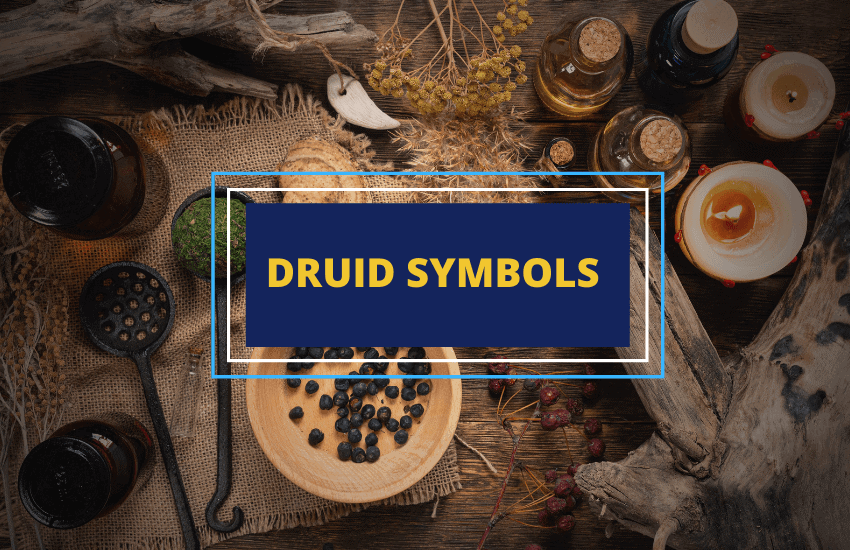
Table of Contents
In ancient Celtic cultures, the Druids were a group of high-ranking people who held a variety of important functions in society, including fulfilling roles as religious leaders, healers, political advisors and keepers of lore.
The history of the Druids goes as far back as the 4th century B.C.E. Even today, there are Neo-Druid groups that have revived ancient traditions and look to the past for inspiration.
Although the Druids left little written evidence of themselves, there are many symbols that are connected to their culture. Several well-known ancient symbols have links to Druids, and were used for healing, magic and various other processes. In this article, we’ll list down 13 of the most popular Druid symbols and what they stand for.
Druid Symbols and What They Stand for
Here are some of the most widely used and recognized druid symbols and what they represent in our world today.
1- Acorn
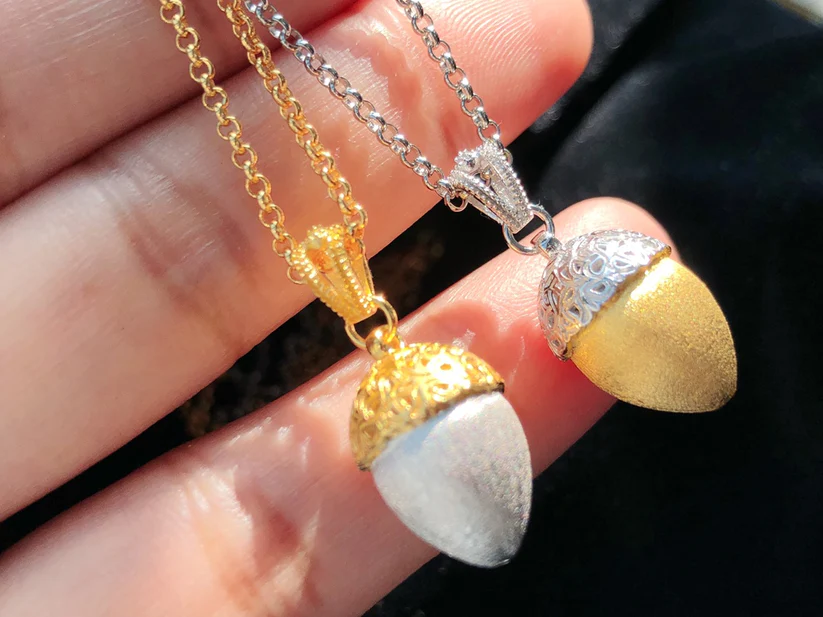
The simple acorn was an important Druid symbol, valued for its deep symbolism. Oaks and acorns held great significance for the Druids, whose very name meant oak-knower or oak-knowledge. The acorn represented growth and potential to the Druids.
It was also a symbol of good health, wisdom, eternal youth, potential and perseverance. The acorn also represented the idea that there is a time for growth and a time for rest, as the acorn has its period of dormancy before it grows.
2- Triquetra
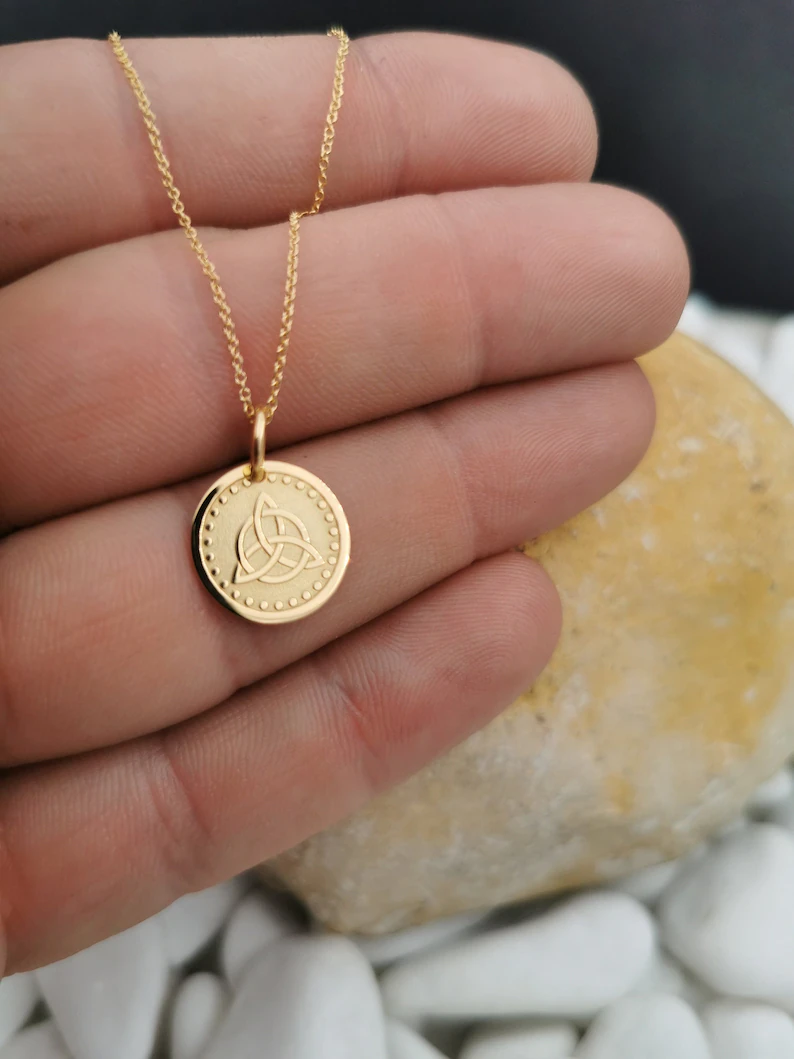
Also known as the Celtic Trinity Knot, the Triquetra is made up of a perfect circle that runs through a continuous three-point symbol drawn without lifting the pen and without running it through the same line twice. The result is a beautiful, symmetrical symbol that is widely considered among the oldest icons of spirituality.
The number three was highly symbolic to the ancient Celts and symbolized many triadic concepts – the triple goddess, the three domains (earth, sea and sky), the three elements (fire, earth and air) and the three layered nature of the human soul.
This symbol was later Christianized and its meaning changed. The three-pointed symbol corresponds with the three personas of the Holy Trinity (God the Father, God the Son, and the Holy Spirit), which served as the pillars of early Christian tradition. The circle is supposed to symbolize the unity between these three personas, connecting them through the never-ending flow of the spirit.
3- Celtic Cross
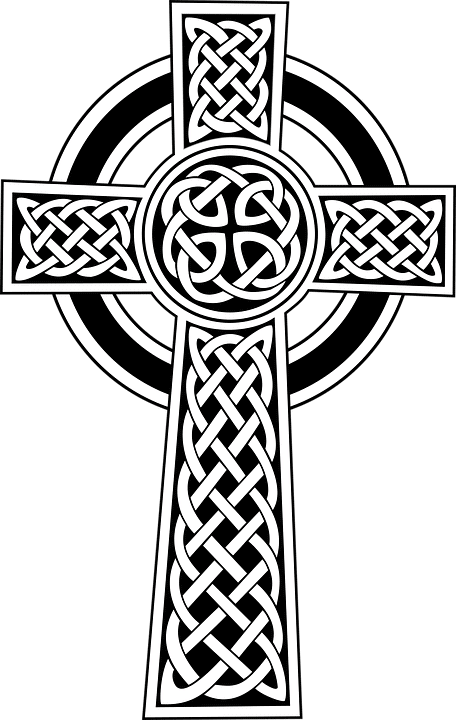
The Celtic Cross is one of the most recognizable druid symbols. The symbol features a simple cross with a circle at the point where the arms meet. It has acquired a variety of meanings and interpretations across the decades.
One is that each ‘arm’ of the cross supposedly represents one of the earth’s cardinal directions: north, south, east, or west. Another interpretation is that the four quadrants of the cross may correspond to the different seasons (winter, spring, summer, and fall) or the four parts of each day (morning, midday, evening, and midnight).
However, the most popular interpretation is that the Celtic cross represents the four elements: earth, fire, water, and air. All of these point to the fact that the Celtic cross is a symbol that shows reverence to nature.
4- Double Spiral
If Asian cultures have the yin and yang, druids have the double spiral to celebrate the harmony and balance that gets created when two opposing forces interact and coexist. The two opposite forces can refer to one of many different things, such as day and night, life and death, as well as creation and destruction.
5- Triskele
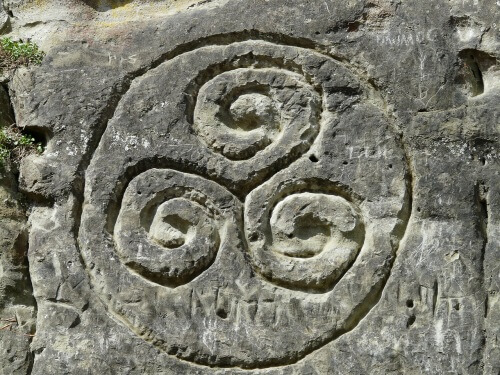
Alternatively called the triskelion or the triple spiral, the triskele is a symbol closely associated with the sun, which is highly revered by the druids for being the source of all life. Some people believe the triskele symbol also represents life itself. Since all three spirals are drawn continuously and without any breaks, it is thought to symbolize the way life goes on and on, ever progressing, no matter what.
6- Shamrock
The shamrock is a native species of the three-leaf clover that is found everywhere in Ireland and is one of the most important symbols in druid tradition. Like the other three-pronged or three-sided symbols in this list, the shamrock speaks of the power of three-in-one, such as the three dominions of earth, sky, and sea. Today, the shamrock is better known as the object that a saint used to illustrate the teachings of the Holy trinity. That saint is none other than St. Patrick, for whom St. Patty’s Day is dedicated.
7- Celtic Tree of Life
The Celtic Tree of Life shows trees that reach up to the sky, along with strong roots that delve deep into the land. The branches and leaves are the living, while the roots are the dearly departed. They are both connected to the same bark, which is an argument that life and death, though seemingly existing on opposite ends of reality, are very much related. The Celtic Tree of Life was also seen as a force that nourished life, by providing sustenance to animals and humans. This symbol demonstrates the Druids deep connection to nature.
8- Motherhood Knot
Romantic love is not the only kind of love precious for druids. The Celtic Motherhood Knot, also known as the Icovellavna, is one symbol used to celebrate motherly love. Like the Madonna and Child for Catholics, the unbreakable bond of a mother and her child is paid tribute when this symbol is drawn or used in art. You might think this is simply a stylized version of the triskelion, but if you look closely, this symbol is actually made up of two interlinked hearts drawn without a defined beginning or end.
9- Dara Knot
Another Druid symbol that has become popular around the world is the Celtic Dara Knot. It has many different versions, but the central idea is the same: it’s made up of interwoven lines drawn in one continuous pattern. It’s believed to depict a stylized image of the oak tree and its roots. As mentioned earlier, druids had a central focus on nature. For them, the oak tree stands as a poignant symbol of strength, wisdom, endurance, and power. It is a fitting metaphor for people’s inner strength and wisdom when facing tough situations.
10- Wheel of Taranis
The Wheel of Taranis, also known as the Solar Cross, represents the solar calendar, as it marks the solstices using an equal armed cross drawn inside a circle. There is also a version that shows an eight-armed wheel, which marks not just the solstices, but the equinoxes as well.
11- Celtic Bull
The bull is a mighty animal that had importance in ancient Druid sacrificial rituals. Like in most other cultures, the Celts believed the bull to be a representation of wealth, status, and fertility. Additionally, it symbolizes ancestry and kinship with the land and one’s predecessors. It was a reminder of sorts to look back to where you came from so you could reach your planned destination, especially in terms of wealth and prosperity.
12- The Awen
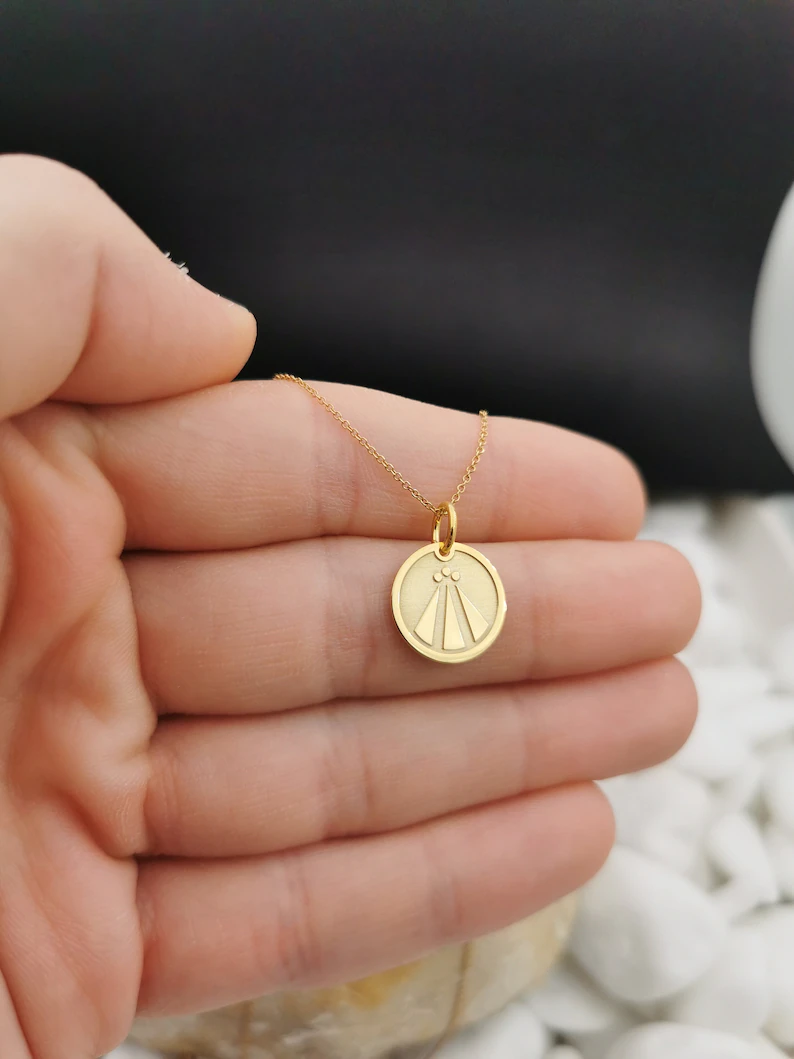
The Celtic word ‘awen’ literally means ‘inspiration.’ As you might have guessed, this symbol is thought to bring inspiration on whoever invokes it. It is made up of three upright bars – the center bar is vertical and is flanked by two bars that each lean towards the middle bar. At the top are three dots.
The Awen symbolizes balance, harmony, time, inspiration, creativity and knowledge. It’s another Druid symbol that features a triad – which links it to the popular triadic concepts of Celtic times.
13- Druid Sigil
Despite its name, the druid sigil is one of the most recent Druid symbols. There’s no evidence to suggest that it existed during the time of the old Druids. The druid sigil is made up of a circle intersected by two vertical lines. The leading Druid organization in the U.S. – the Henge of Keltria – uses this symbol as their official icon. The most important thing to understand about the Druid sigil is that it doesn’t have an official meaning. You can project any meaning you wish to onto it and make it your own. All meanings, as long as it does not violate any of the Henge’s ways of living, are most welcome.
Who Are The Druids?
We have to distinguish between the ancient Druids and modern-day practitioners of Druidism. Historically, druids were high-ranking members of old Celtic societies. They occupied valued positions, such as political advisors, doctors, judges, and most importantly, priests and priestesses.
Ancient Druids were not allowed to immortalize their otherworldly knowledge through writing, even though it was highly believed that they were literate. Fortunately, they also communicated through symbols, some of which have been preserved and unearthed with artefacts from the era.
The modern spiritual and religious movement called Druidism has its roots in paying tribute to the Iron Age priests discussed above. However, since ancient druids did not leave a comprehensive doctrine or rules to follow, modern druids cannot know for sure if the principles they espouse are directly correlated with how the ancient Druids lived. Druids of today promote connectedness, harmony, and reverence for the environment itself. Thus, Celtic symbolism mostly revolves around paying tribute to the natural world.
Wrapping Up
Connectedness, awareness, and respect for the physical and spiritual worlds appear to be the central themes for the Druid symbols discussed in this article. The Iron Age Druids may not have put their beliefs into writing, but it’s not difficult to imagine how they’d be proud of modern druids for upholding the tenets of Druidism, with the help of these symbols, to this day.








